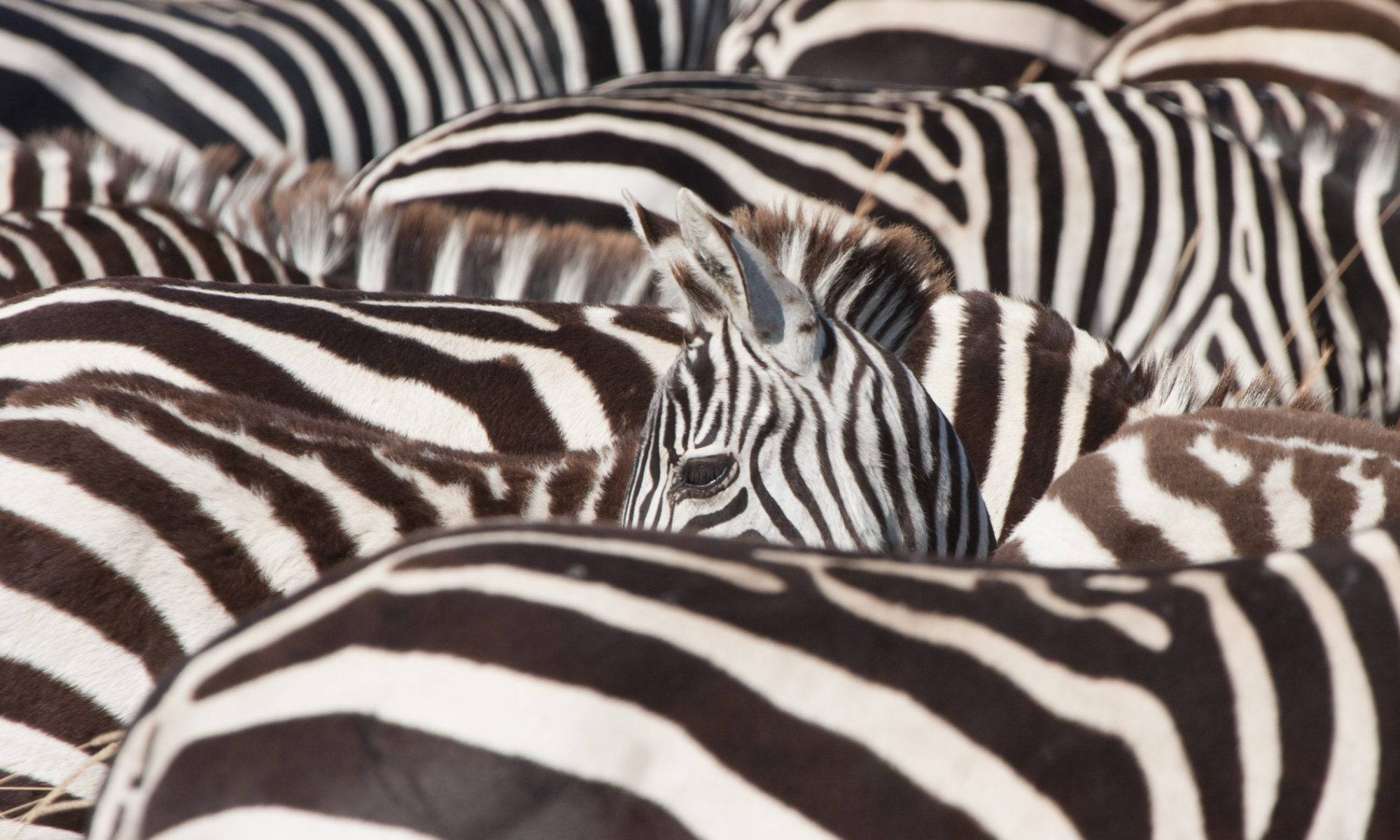A last post for 2018, continuing from the previous one, with a photo of one of the local Herdwicks that finally stood near a camera in vaguely acceptable light. On a gloomy day, photographing anything smaller than a sheep was pretty much impossible.
Our last moth trap of the year on Boxing Day caught only one moth, but it was a new one for us: a Mottled Umber.














































































































































